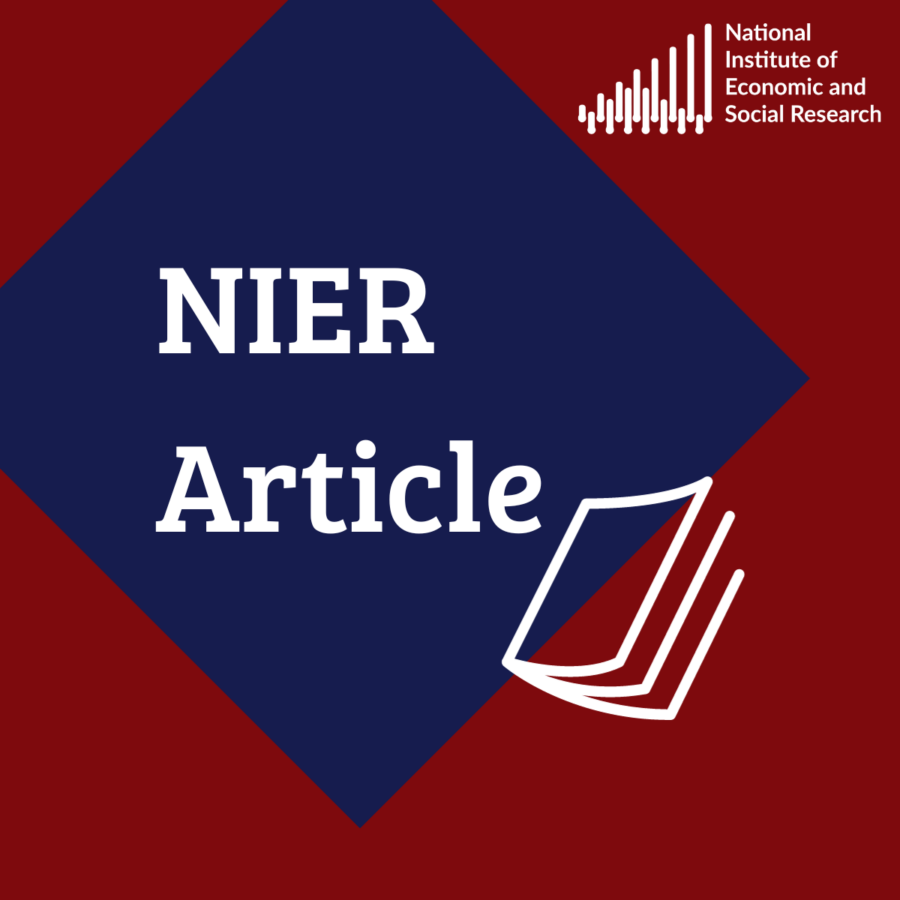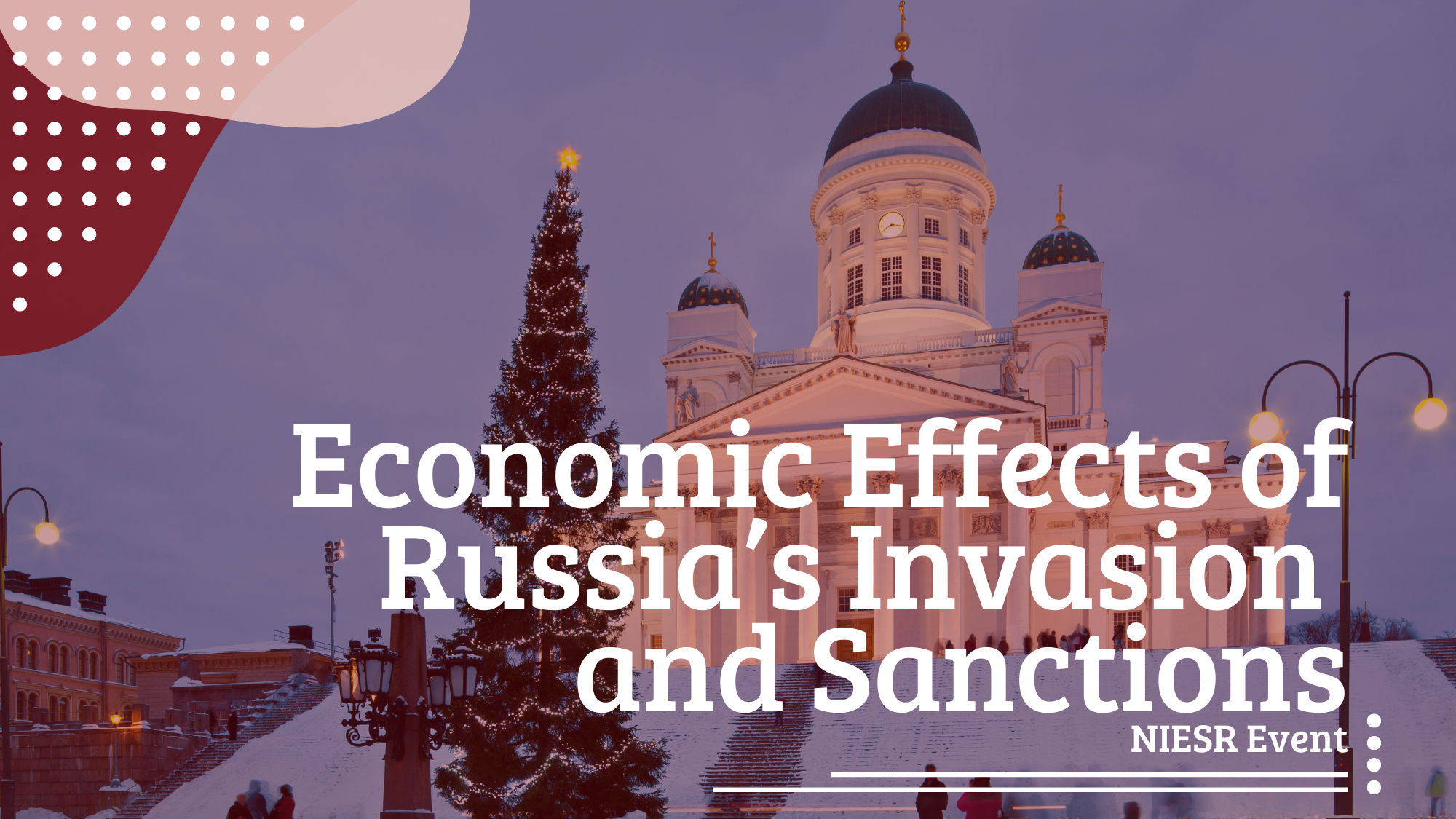Europe and its fertility: from low to lowest low
 Pub. Date
Pub. Date
 Pub. Type
Pub. Type

According to the "Green Paper" on demographic change issued in March 2005 by the Commission of the European Communities, the European Union "no longer has a 'demographic motor'". The main reason for this is the decline in fertility that many European countries experienced during the last two decades, in particular since the 1990s. In some countries, fertility decreased below the critical threshold of 1.3 children per couple: fertility below this threshold is now known as "lowest low fertility".
The paper by Billari documents the two main mechanisms responsible for the steep decline in fertility. These mechanisms have different effects in different European societies, so that fertility is particularly variable, though generally low, among countries.
The first mechanism is the postponement of the transition to adulthood. There is a general trend towards the postponement of events that mark the passage to an adult status, and becoming a parent is one of such milestones. In the new millennium such events are experienced, on average, later than ever before. It is generally the case that when individuals become parents at a later age, they will have a lower number of children. Factors that account for the postponement of the transition to adulthood include the high economic insecurity experienced by youth in Southern, Central and Eastern Europe, and the connection between the long-standing tradition of a shared residence between parents and children in Southern Europe with the housing quality in the parental home.
Childlessness appears to emerge independently from such postponement. The paper documents that countries with high levels of postponement do not necessarily have a high percentage of childless women; in fact, childlessness reaches 20% in England and Wales, where average fertility levels are relatively high by European standards.
The second mechanism leading to lowest low fertility is connected with the diminishing propensity to have more than one child. Differences in welfare are in this case particularly important: in order to afford having a larger number of children it is increasingly necessary that two partners work for the market. The paper also documents that expenditure towards families with children may partially account for the differentials in fertility.
The paper outlines three main types of policy implications for changes in European fertility:
1. A return to a traditional model centred on marriage will not improve matters. In fact, the paper documents that in European countries where marriage has a more central status, fertility attains lower levels ;
2. Easing the combination between female labour force participation and family tasks is one of the keys to higher fertility. In fact, as literature on the subject has shown, fertility is now higher in countries where women form a larger part of the labour market ;
3. Sharing the costs of childbearing with households raising children serves the double purpose of alleviating the risks for such households, and perhaps keeping fertility at a more desirable level.





















